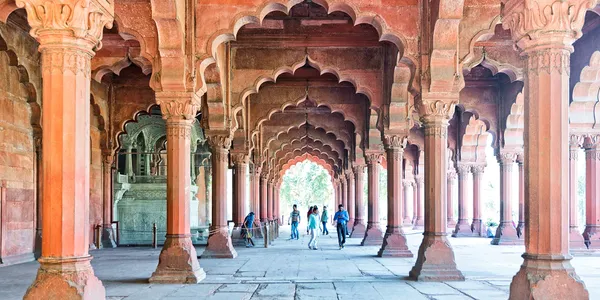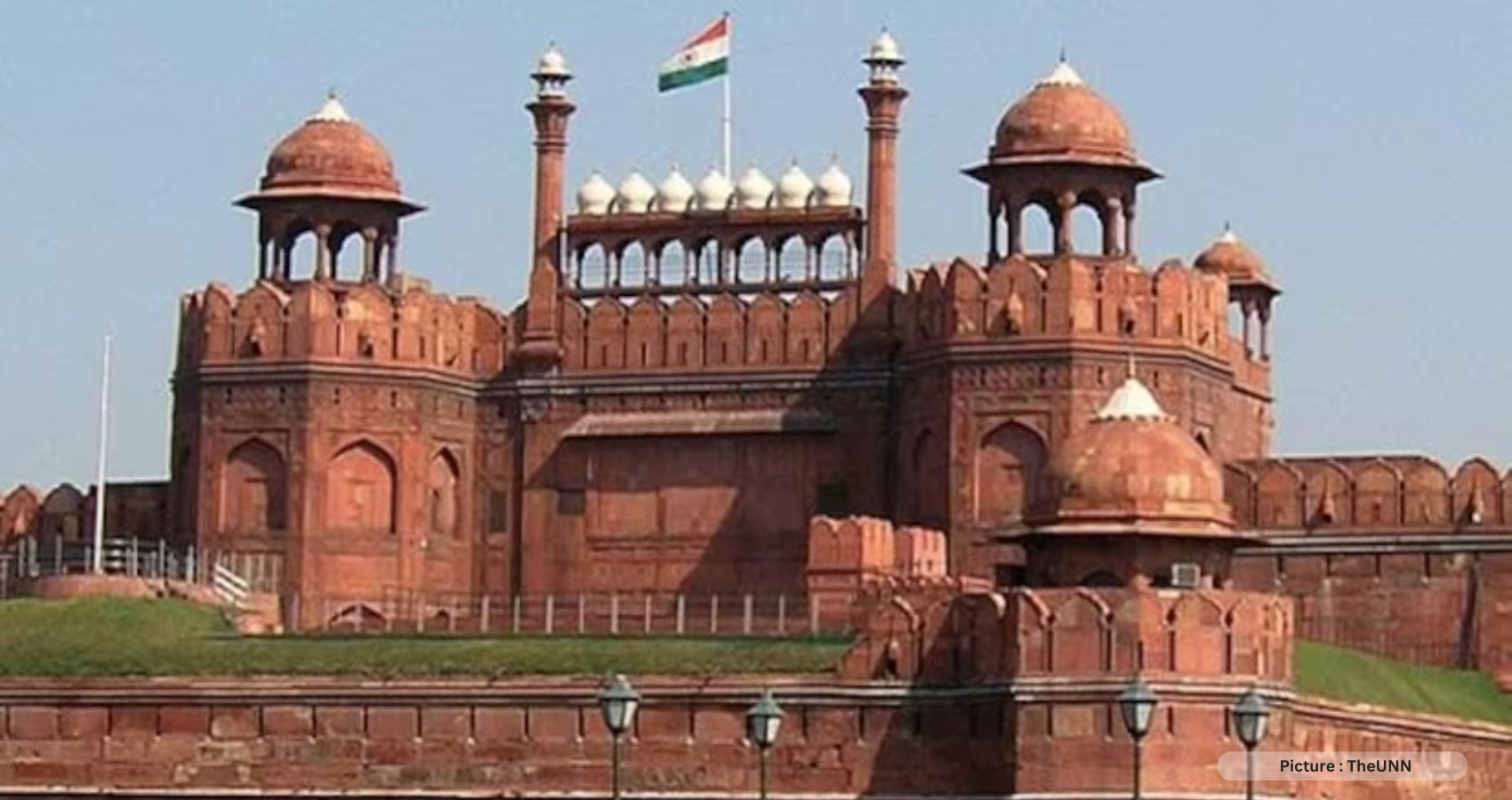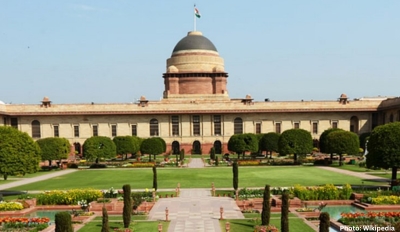In a groundbreaking move, Dalmia Bharat Group has achieved the distinction of becoming the first corporate entity in India to adopt a historic monument classified under the Green category of the Monument Mitras program. The Dalmia Bharat Group has undertaken the adoption of the iconic Red Fort, a 17th-century marvel located in Delhi, committing a staggering sum of INR 250 million (INR 25 crores) for a duration spanning five years. This remarkable achievement saw them outshine competitors like IndiGo Airlines and the GMR Group, securing one of the most prestigious contracts available through the Indian government’s ‘Adopt A Heritage’ initiative.
The adoption of the Red Fort in Delhi was made possible through the ‘Adopt a Heritage’ project, a visionary concept developed in collaboration with the Ministry of Tourism, Ministry of Culture, and the Archaeological Survey of India. This project was officially launched on September 27, 2017, coinciding with World Tourism Day, by President Ram Nath Kovind. It was conceived to provide corporate entities, public sector organizations, or individuals with the opportunity to become Monument Mitras, essentially friends of heritage sites. Through these adoptions, the Central Government seeks to facilitate the development of monuments, heritage sites, and tourist destinations across India.
Controversy Surrounding the Red Fort Adoption
The adoption of the Red Fort by the Dalmia Bharat Group has sparked vigorous debates among historians, writers, academicians, and cultural enthusiasts. These discussions revolve around the ethical implications of the project, with some critics questioning how the government could seemingly “pawn off” a significant portion of India’s historical legacy as if it were their “family heirlooms.” On the other hand, proponents argue that the monuments have merely been “adopted” and not “purchased,” emphasizing that this approach could ultimately reduce the government’s overseas loans by diverting funds from the maintenance of India’s heritage sites.
Prominent voices from both sides of the debate have shared their opinions:
“There’s a huge difference between Dalmia adopting, say, a haveli in Old Dilli and adopting the Red Fort itself. Tier 1 monuments are a nation’s crown jewels. They should not be played around with. It’s even more worrying that corporates cannot be held responsible for any damage.”
— William Dalrymple
“Main issue is interest, knowledge, and expertise. If a non-governmental entity has a proven track record in this area like the Aga Khan Trust, there is less of an issue. What is Dalmia’s track record of maintaining heritage monuments?”
— Patralekha Chatterjee
“If you hire someone to clean your house doesn’t mean you are selling your house to them. No, Red Fort is not being sold. It’s an innovative way to save the government some money and preserve a monument.” — Chetan Bhagat
Red Fort and Gandikota Fort: The Adoption Agreement
According to the Memorandum of Understanding, Dalmia Bharat Group is not only adopting the Red Fort but also the Gandikota Fort in Kadapa, Andhra Pradesh. This dual adoption arrangement represents a significant commitment to preserving India’s historical treasures. In the past, similar agreements were reached for the adoption of the Mt. Stok Kangri trek route in Ladakh, Jammu and Kashmir, as well as the Gangotri Temple Area & Trail in Gaumukh, Uttarakhand. These agreements were signed by the Adventure Tour Operators Association of India and the State of Jammu & Kashmir. In total, approximately 90 monuments have been earmarked for adoption, categorized as Green, Blue, and Orange based on their importance and popularity among tourists.
 The Green category includes not only the Red Fort but also the Taj Mahal in Agra, Qutub Minar in Mehrauli, and the Konark Temple in Odisha. In the Blue category, you will find Jantar Mantar and Purana Quila, both located in Delhi, while the Orange category encompasses monuments like Tipu Palace in Bengaluru and the Sanchi Stupa in Madhya Pradesh. Entities interested in becoming Mitras can choose to adopt from the Blue or Orange category, or a combination of the three categories. However, they are not permitted to solely adopt monuments or heritage sites from the Green category.
The Green category includes not only the Red Fort but also the Taj Mahal in Agra, Qutub Minar in Mehrauli, and the Konark Temple in Odisha. In the Blue category, you will find Jantar Mantar and Purana Quila, both located in Delhi, while the Orange category encompasses monuments like Tipu Palace in Bengaluru and the Sanchi Stupa in Madhya Pradesh. Entities interested in becoming Mitras can choose to adopt from the Blue or Orange category, or a combination of the three categories. However, they are not permitted to solely adopt monuments or heritage sites from the Green category.
Corporate Adoption of India’s Monumental Heritage
The Dalmia Bharat Group’s adoption of the Red Fort sets a significant precedent, but it is not an isolated instance. Letters of Intent have been awarded to several other prominent entities for the adoption of various monuments. Among them, the Sun Temple in Konark, Odisha, Udayagiri & Khandagiri Sites in Bhubaneshwar, Orissa, Gol Gumbaz in Bijapur, Karnataka, and Kotla Feroz Shah in Delhi have been chosen for adoption by the Dalmia Bharat Group.
Furthermore, a diverse array of industries, including hospitality, travel, and banking, have also received Letters of Intent for the adoption of other monuments. Some of the entities involved in this monumental initiative include Yes Bank, SBI Foundation, TK International Limited, Yatra Online Pvt Limited, ITC Hotels, and NBCC. These Letters of Intent have been issued in different phases to facilitate the adoption of over 90 heritage sites, contributing to the preservation and promotion of India’s rich historical legacy.











